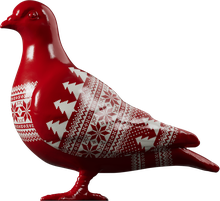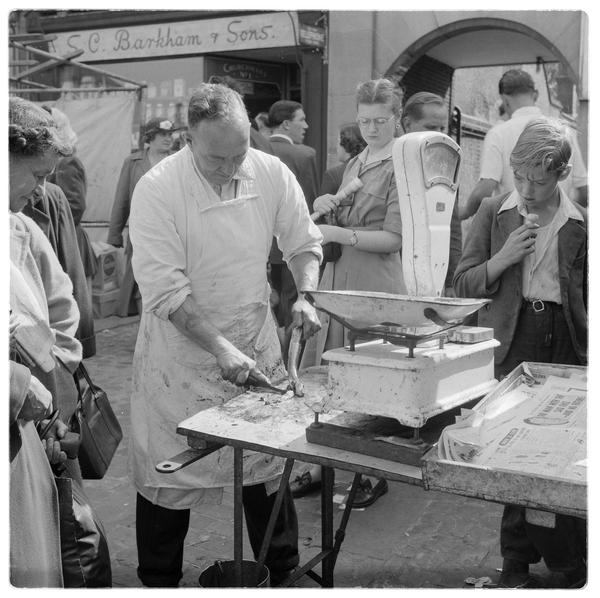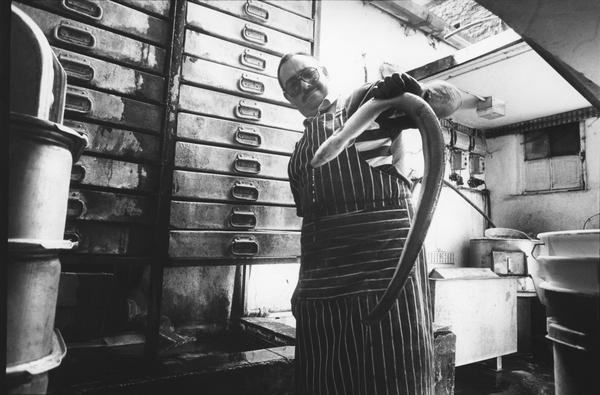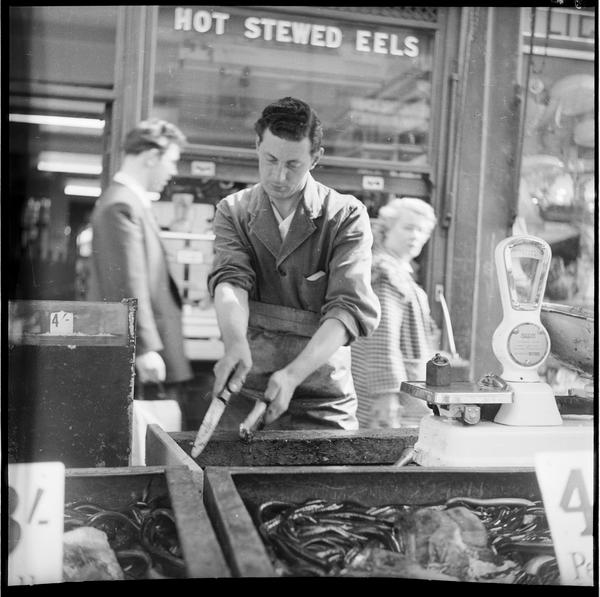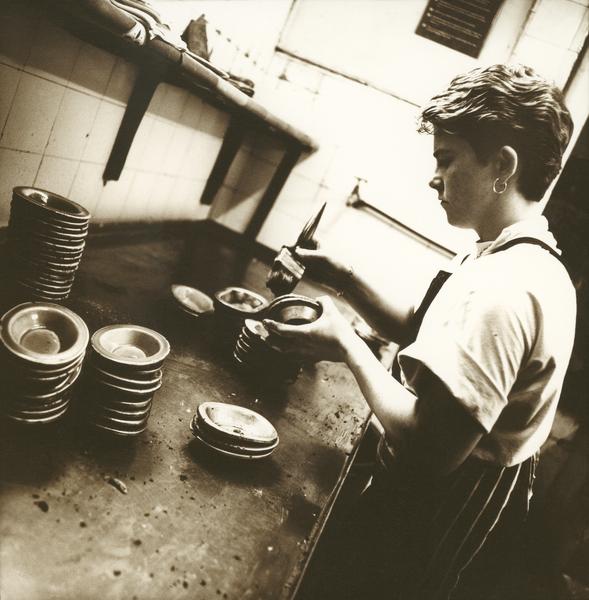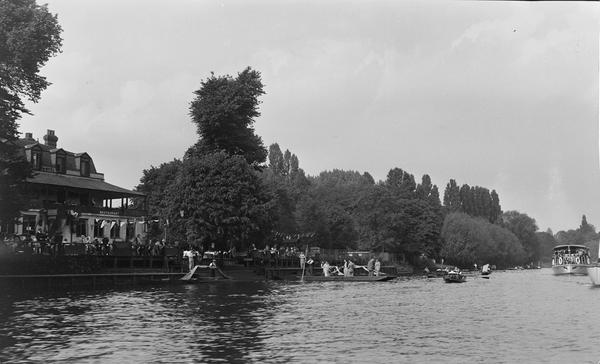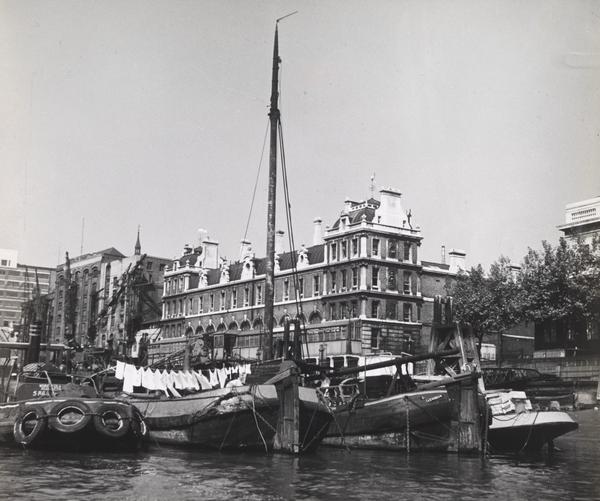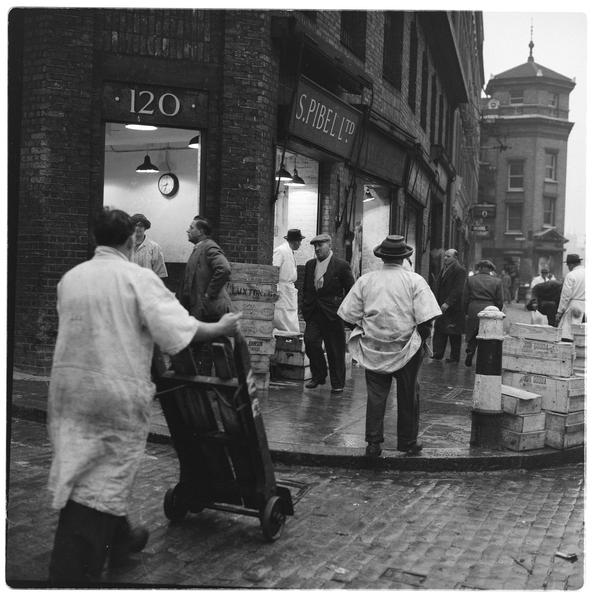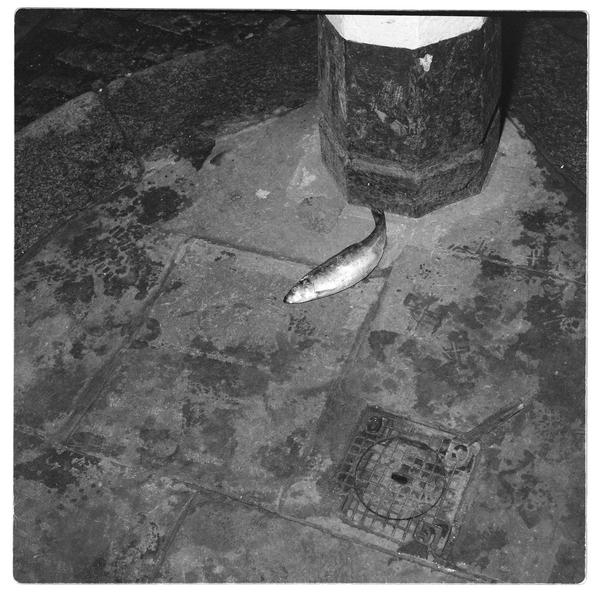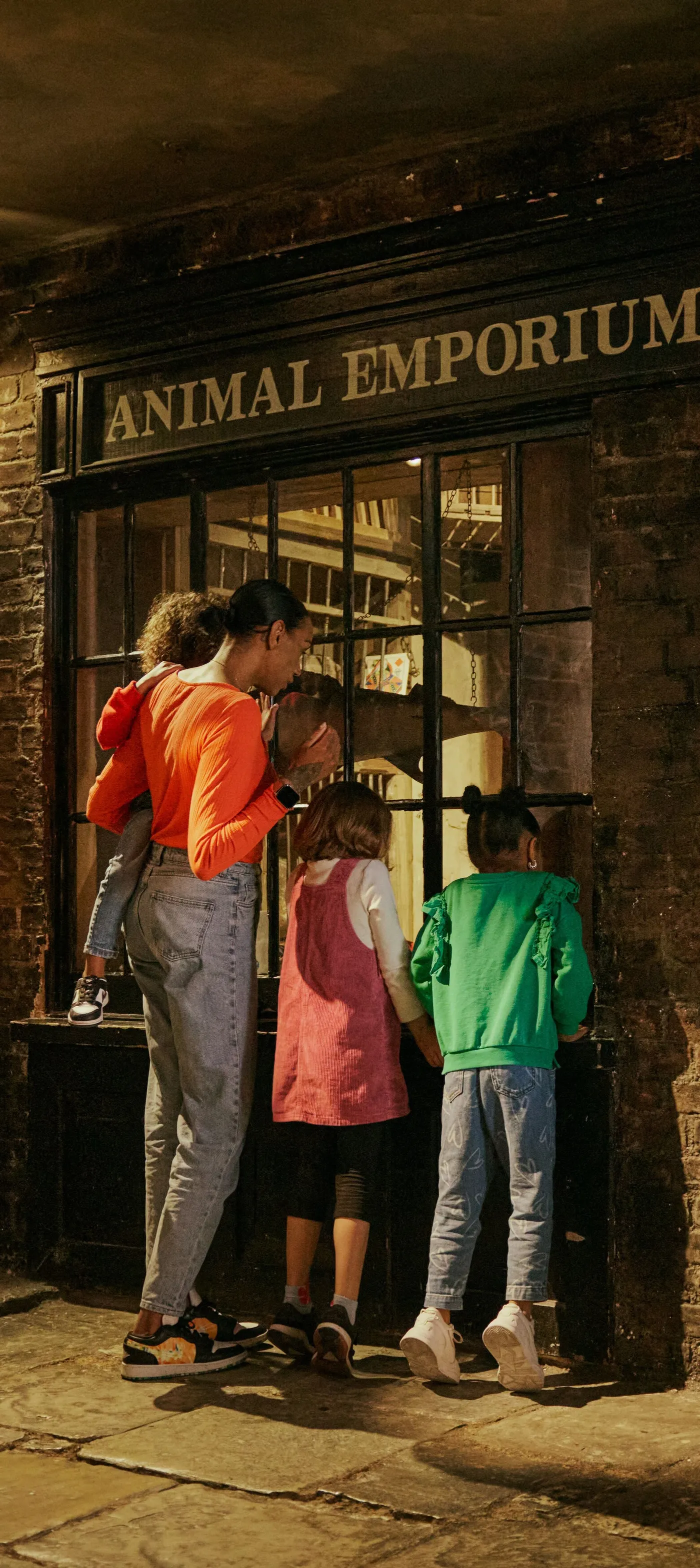Jellied eels might be the ultimate London delicacy
Despite being a common source of food for hundreds of years, eels are rarely eaten by Londoners today. One exception is jellied eels – a unique, historic dish sought out by curious eaters and savoured by traditionalists.
Billingsgate Market
Since 1850
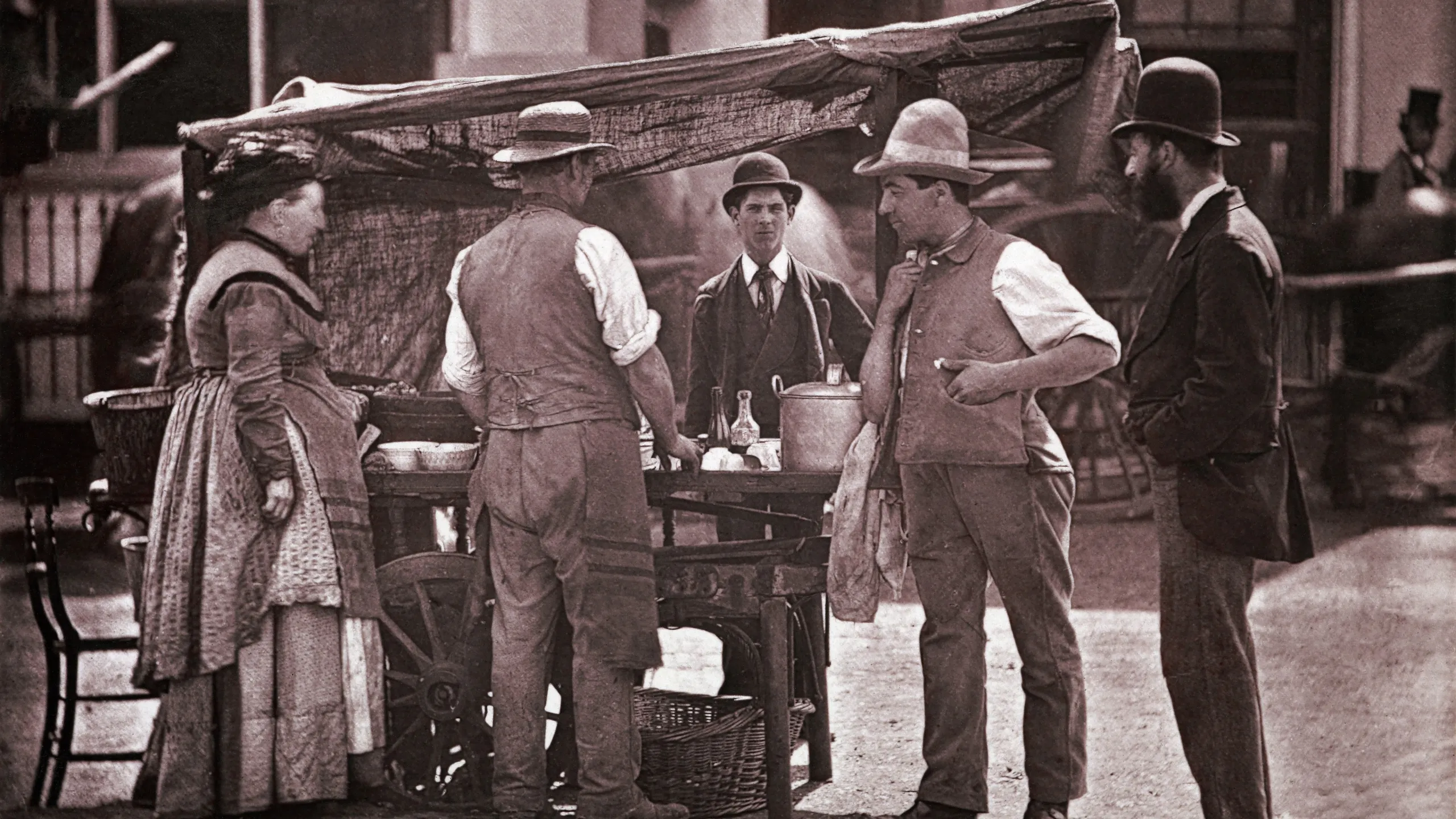
Eels were a common street food
Eels were eaten by medieval nobility, but they also have a long history as street food. In the 16th century, eel pies were sold by street traders working portable ovens. When a boy was asked in 1884 what he’d most like to eat, he answered: “Well… I'd start with a cup of eels, a halfpenny hot, but cold, a penny, cos then it's fixed stiff.” This trader was photographed around 1877 selling whelks, oysters and eels.
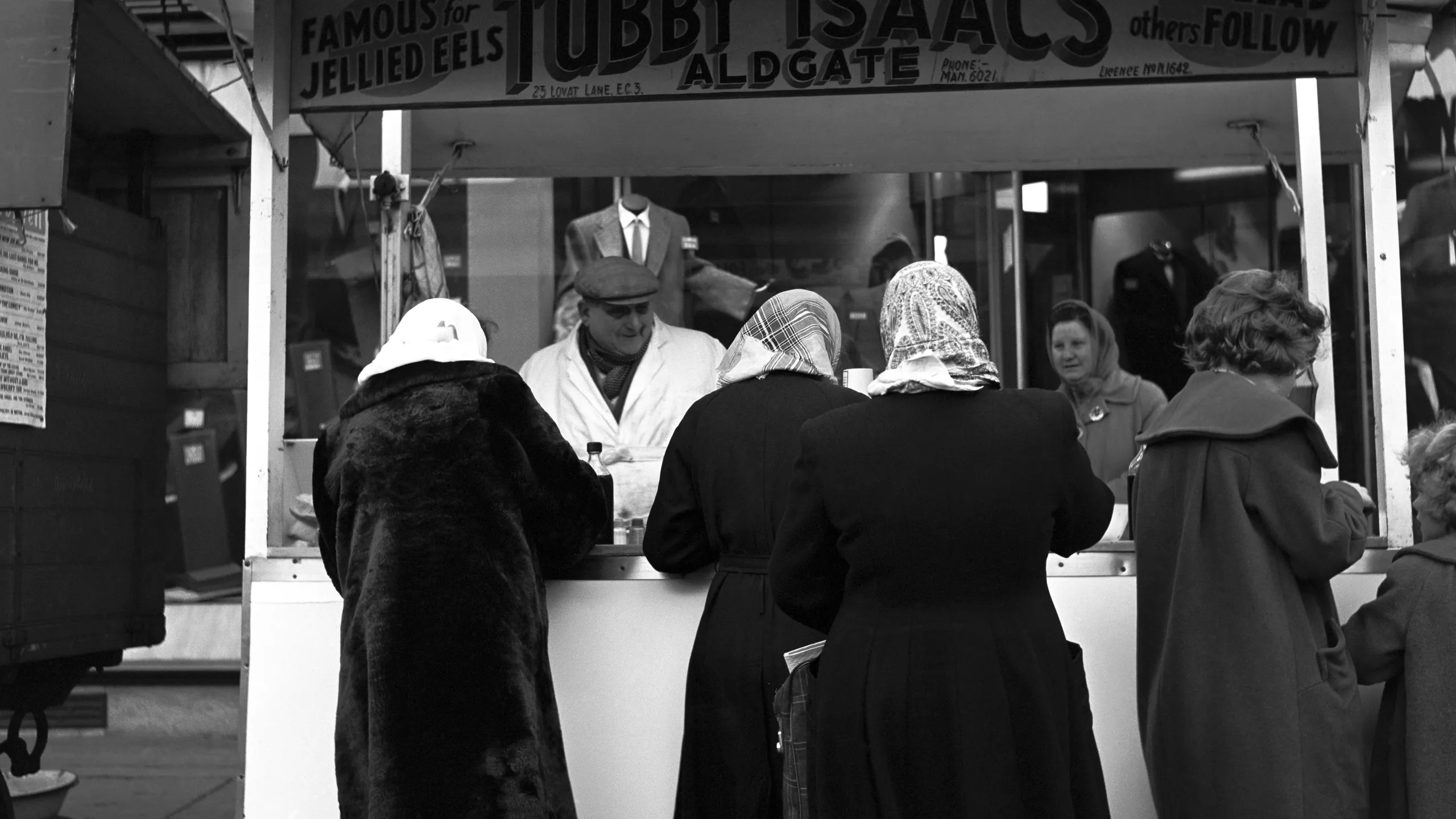
What are jellied eels?
It’s not for the squeamish. The eels are boiled, then set in gelatin or their own cooking liquid. They’re eaten cold, often with vinegar. Jellied eels are particularly associated with east London. In the 20th century you’d often see the snack sold at markets and outside pubs. Tubby Isaac's stall operated in Aldgate from 1919 to 2013. It’s pictured here around 1960.

Where can you eat jellied eels today?
London’s remaining pie and mash shops are some of the last places to fly the flag for eel. The first shops opened in the 19th century in the East End, but they’ve since spread across the city. Today they’re guardians of a traditional experience, dishing up jellied or stewed eels alongside beef pies, mashed potato and a parsley sauce known as liquor.
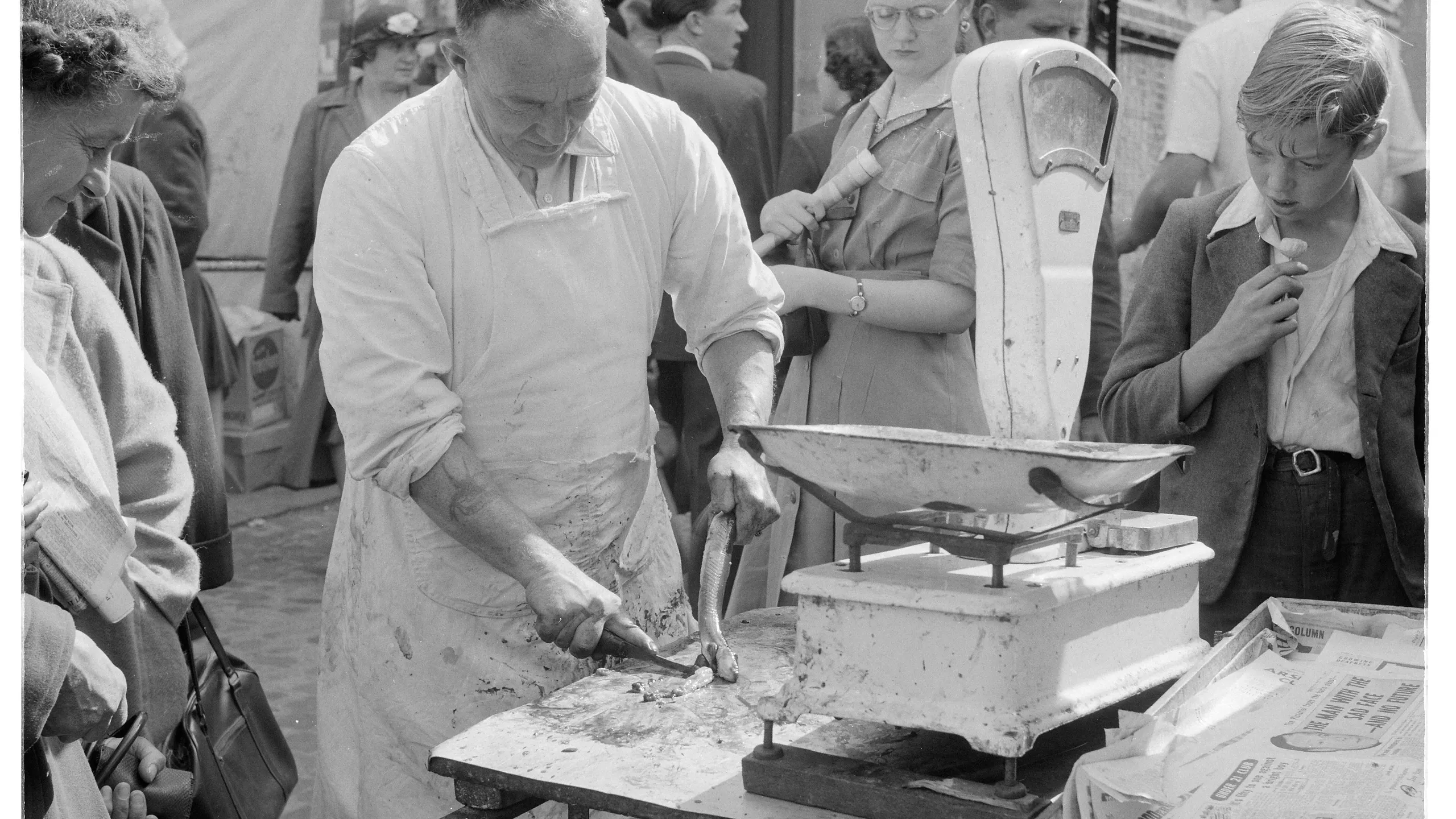
A messy job
This fishmonger is preparing an eel at Romford market, Havering, in 1948. Rationing during and after the Second World War (1939–1945) meant more eels were eaten, since they were a relatively cheap option.
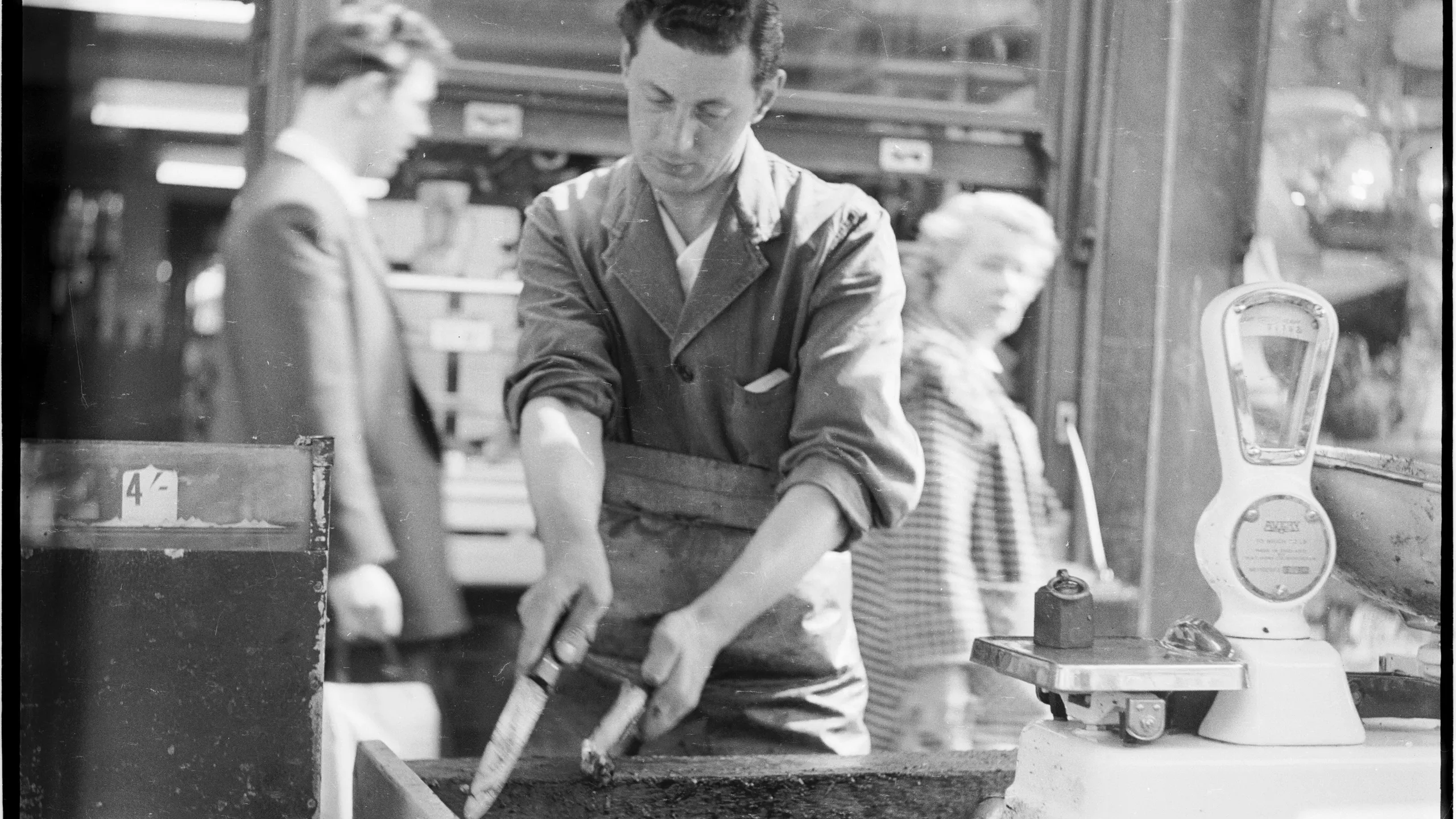
Live and wriggling
This trader was photographed at Chapel Street Market, Islington, in 1955. Eels were kept alive as long as possible before cooking to keep them fresh.
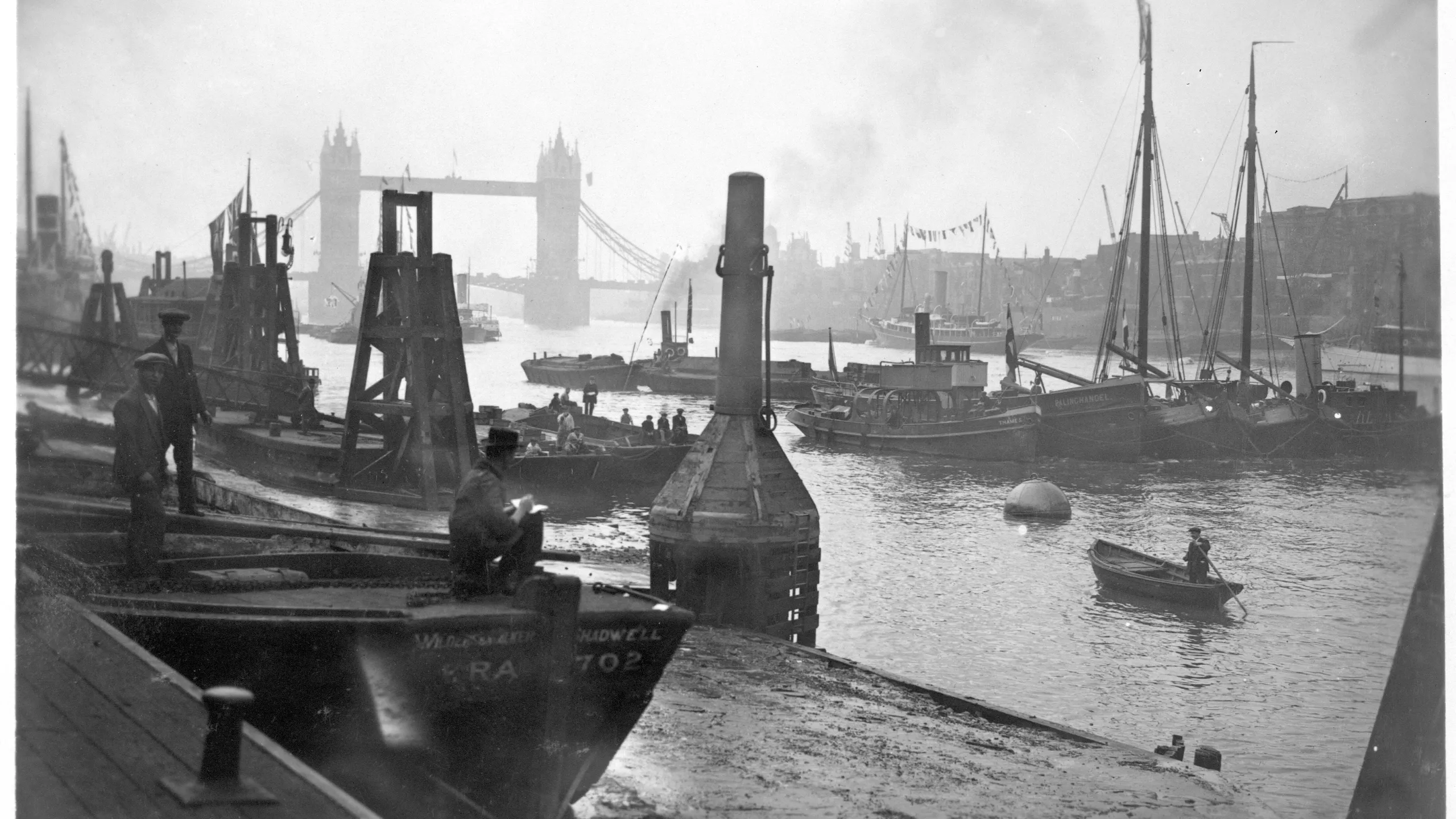
Were eels caught in the River Thames?
Eels once thrived in the UK’s rivers, making them a common, cheap source of food. We have a 16th-century eel spear in our collection. But the eel population in the Thames has crashed since the 1980s, leaving them critically endangered. Eels have been imported from the Netherlands for centuries, and today many come from Northern Ireland.
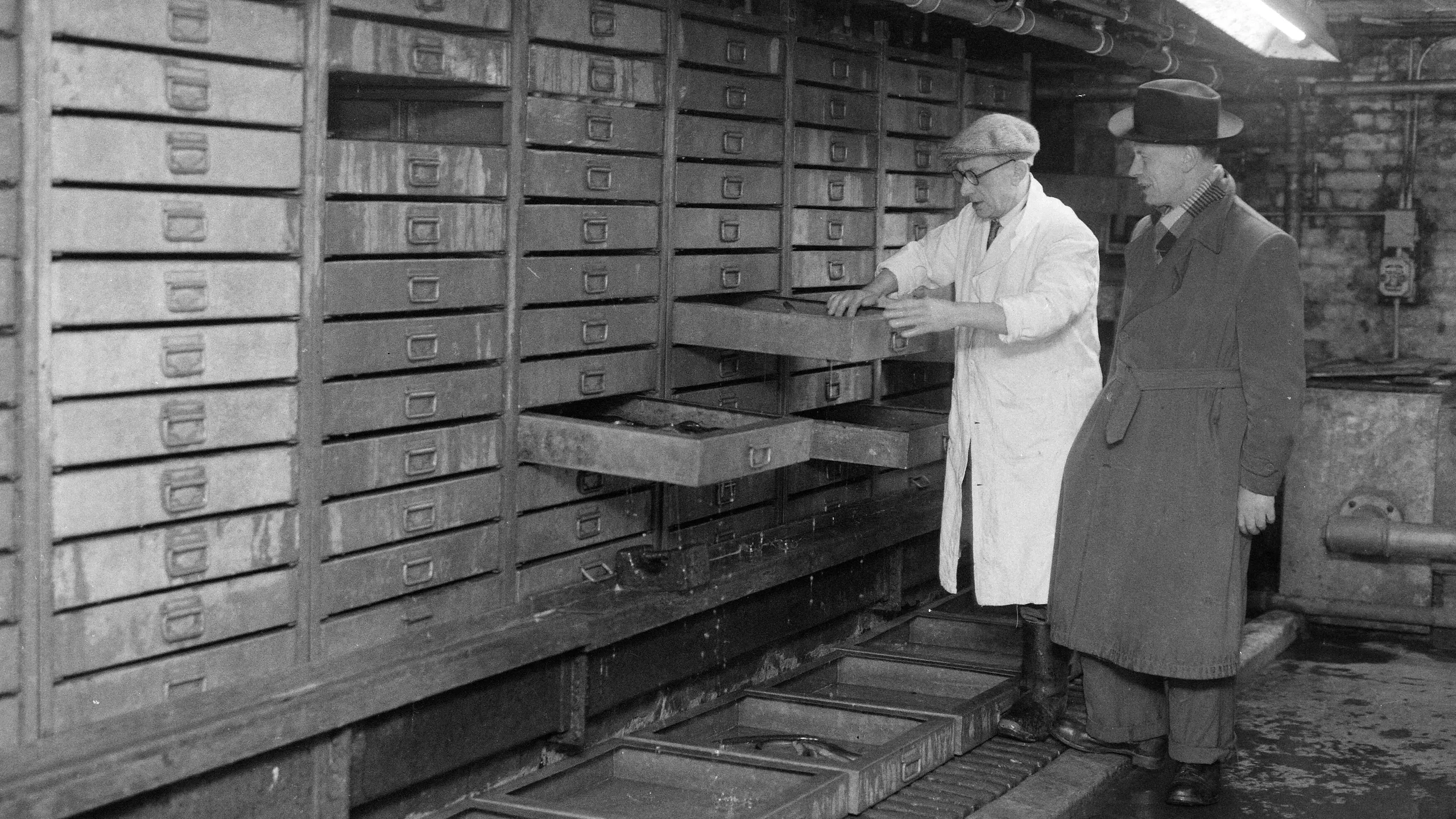
Billingsgate
Live eels were stored inside these drawers at Billingsgate Market. Originally located in the City of London, the market became associated with the fish trade in the 16th century. Its proximity to the East End is part of the reason eels were so popular there. In 1985 the market moved to Poplar in east London’s docklands.
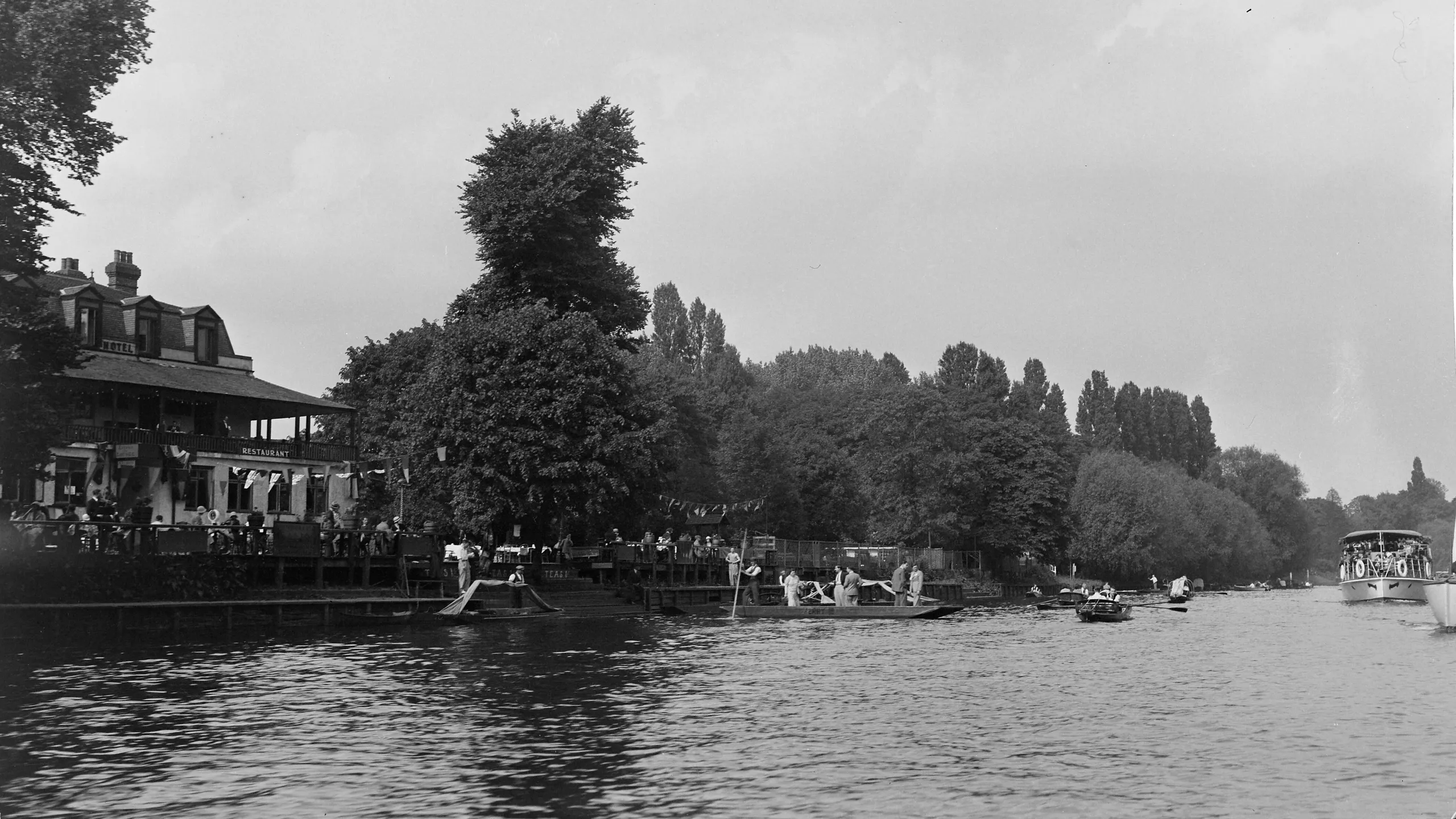
Eel Pie Island
Away from the East End and its jellied eels, London has had one other historic eel hotspot. In the mid-1700s, an inn called the Eel Pie House opened on an island in the Thames in Twickenham, south-west London. The island took the name, and became a popular destination for boat trips. In 1853 John Fisher Murray headed there to “banquet upon eel pies, for which the tavern is famed”.

